What the actual f*ck is Hydroponics?
Hydroponic systems are innovative methods of growing plants without soil, instead utilizing a nutrient-rich water solution to deliver essential minerals directly to the plant roots. These systems can vary widely in design, ranging from simple setups like the nutrient film technique (NFT) to more complex systems such as aeroponics. By providing precise control over environmental factors like nutrient levels, pH, and water distribution, hydroponic systems offer advantages such as faster growth rates, higher yields, and reduced water consumption compared to traditional soil-based agriculture. These systems are widely used in commercial agriculture, urban farming, research, and even space exploration, highlighting their versatility and potential to address food security challenges in an increasingly urbanized and resource-constrained world.
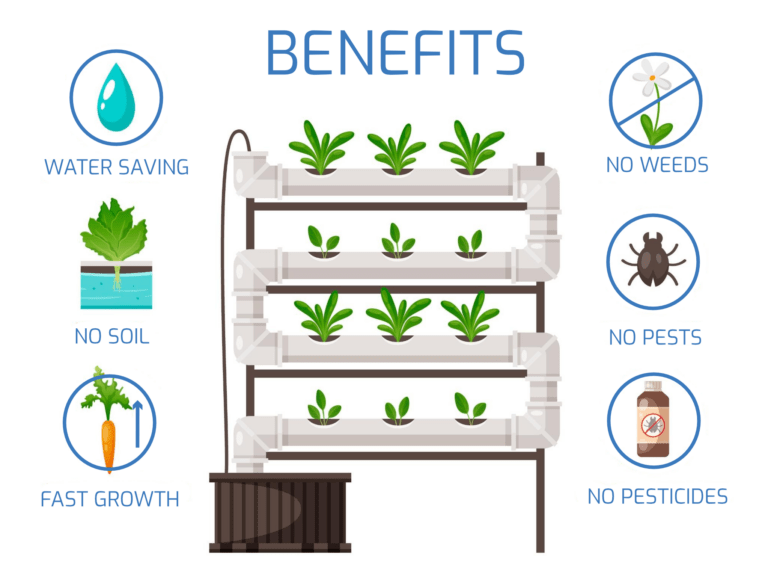
Hydroponic systems offer efficient resource utilization, requiring up to 90% less water compared to traditional soil-based agriculture, making them environmentally sustainable. Additionally, they enable precise control over nutrient delivery and environmental factors, resulting in faster plant growth, higher yields, and the ability to grow crops year-round in various locations regardless of soil quality.
Recirculating Deep Water Culture (RDWC)
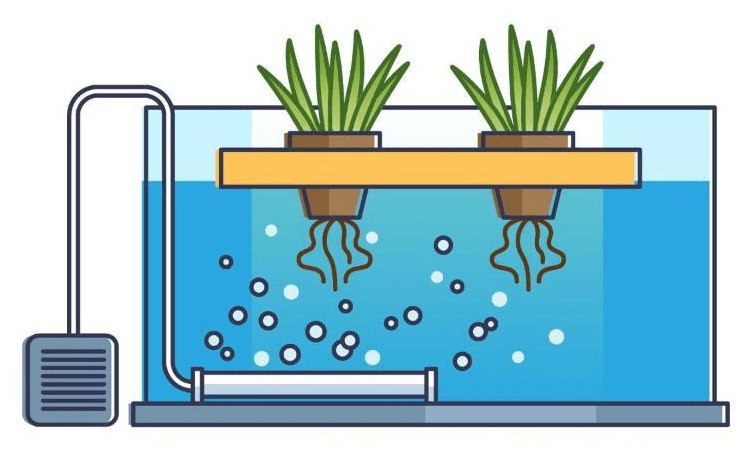
Recirculating Deep Water Culture (RDWC) systems are hydroponic setups where plant roots are submerged in a continuously circulating and aerated nutrient solution. These systems work by pumping nutrient-rich water from a reservoir through a network of tubes or channels, delivering it to the plant roots suspended in the growing medium. Excess solution is then recirculated back to the reservoir, maintaining a constant flow of oxygen and nutrients to support plant growth.
Aeroponics
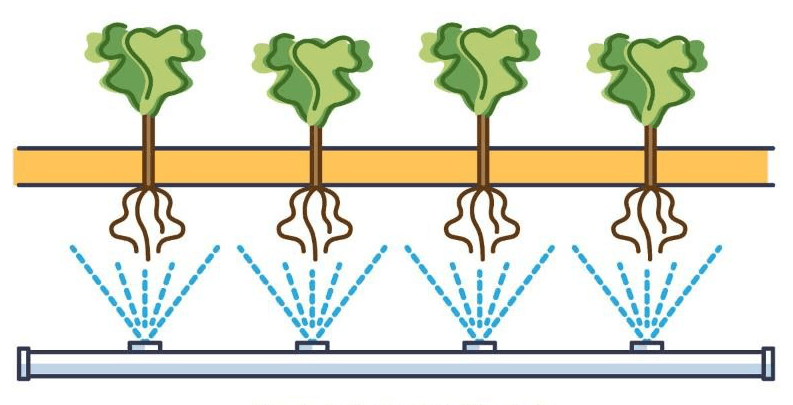
Aeroponic systems are hydroponic setups where plant roots are suspended in air and periodically misted with a nutrient-rich solution. These systems work by delivering a fine mist of nutrient solution directly to the roots, allowing for maximum oxygen exposure. This method promotes rapid plant growth by providing nutrients and hydration in a highly efficient manner.
Aquaponics
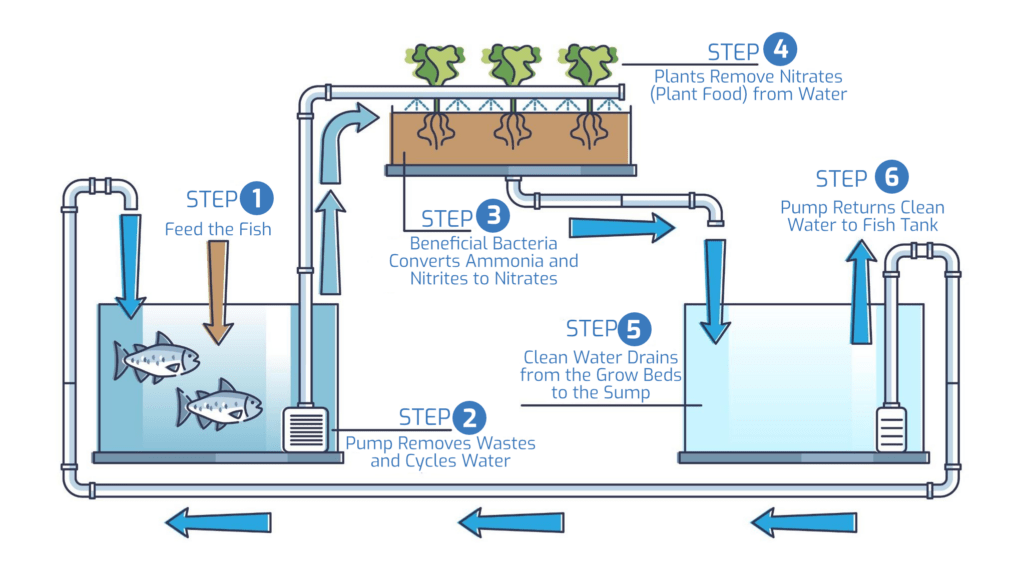
Aquaponic systems combine aquaculture (the raising of aquatic animals) with hydroponics (the cultivation of plants in water) in a symbiotic environment. Fish, such as tilapia or trout, are typically raised in a tank, and their waste products, rich in ammonia, are converted by bacteria into nitrates. The nutrient-rich water is then circulated to the hydroponic plant beds, where the plants absorb the nitrates as fertilizer. The plants, in turn, filter and clean the water, which is then recirculated back to the fish tank, creating a closed-loop ecosystem where both plants and fish thrive symbiotically.
Nutrient Film Technique
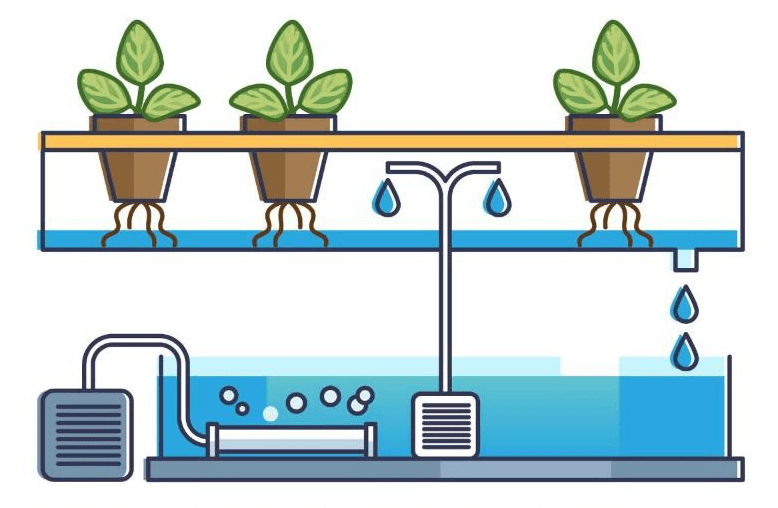
The Nutrient Film Technique (NFT) is a hydroponic system where a thin film of nutrient-rich water continuously flows over plant roots, providing them with essential nutrients. The plants are typically grown in small troughs or channels with a slight slope, allowing the nutrient solution to flow over the roots and then drain back into a reservoir for recirculation. This method ensures that plant roots have access to oxygen while receiving a constant supply of nutrients, promoting healthy growth and efficient water use.
History

The Hanging Gardens of Babylon, believed to have been constructed around 600 BCE, are often cited as one of the earliest examples of hydroponics. Although the exact methods used remain a subject of debate among historians, it is theorized that the gardens utilized a form of hydroponic irrigation to sustain lush vegetation in an arid environment. The Babylonians likely employed a system of water channels and reservoirs to deliver nutrient-rich water directly to the plants’ roots, thus bypassing the need for soil.
Fast forward to the 17th century, when scientists began experimenting with soilless plant cultivation. One notable figure is Sir Francis Bacon, who proposed growing plants without soil in his work “Sylva Sylvarum” in 1627. However, it wasn’t until the 19th century that significant advancements were made in hydroponic technology.
In 1860, the German botanist Julius von Sachs conducted pioneering research on plant nutrition and growth, laying the groundwork for modern hydroponics. Sachs demonstrated that plants could thrive when supplied with a balanced nutrient solution containing essential elements dissolved in water.
The 20th century saw a surge in interest and innovation in hydroponic systems. In the 1920s, William Frederick Gericke, a professor at the University of California, popularized the term “hydroponics” and conducted extensive experiments on soilless cultivation techniques. Gericke’s work led to the development of the nutrient film technique (NFT), a hydroponic method where a shallow stream of nutrient solution flows over the plant roots.
During the latter half of the 20th century, hydroponics gained traction in commercial agriculture and horticulture. NASA’s research into hydroponic systems for space missions further propelled the technology, leading to advancements such as aeroponics, where plant roots are suspended in air and misted with a nutrient solution.
Today, hydroponic systems are utilized worldwide for various purposes, including urban agriculture, vertical farming, and greenhouse cultivation. From the ancient wonders of Babylon to the cutting-edge technologies of the 21st century, hydroponics continues to revolutionize the way we grow plants, offering sustainable solutions to feeding a growing global population.
Future
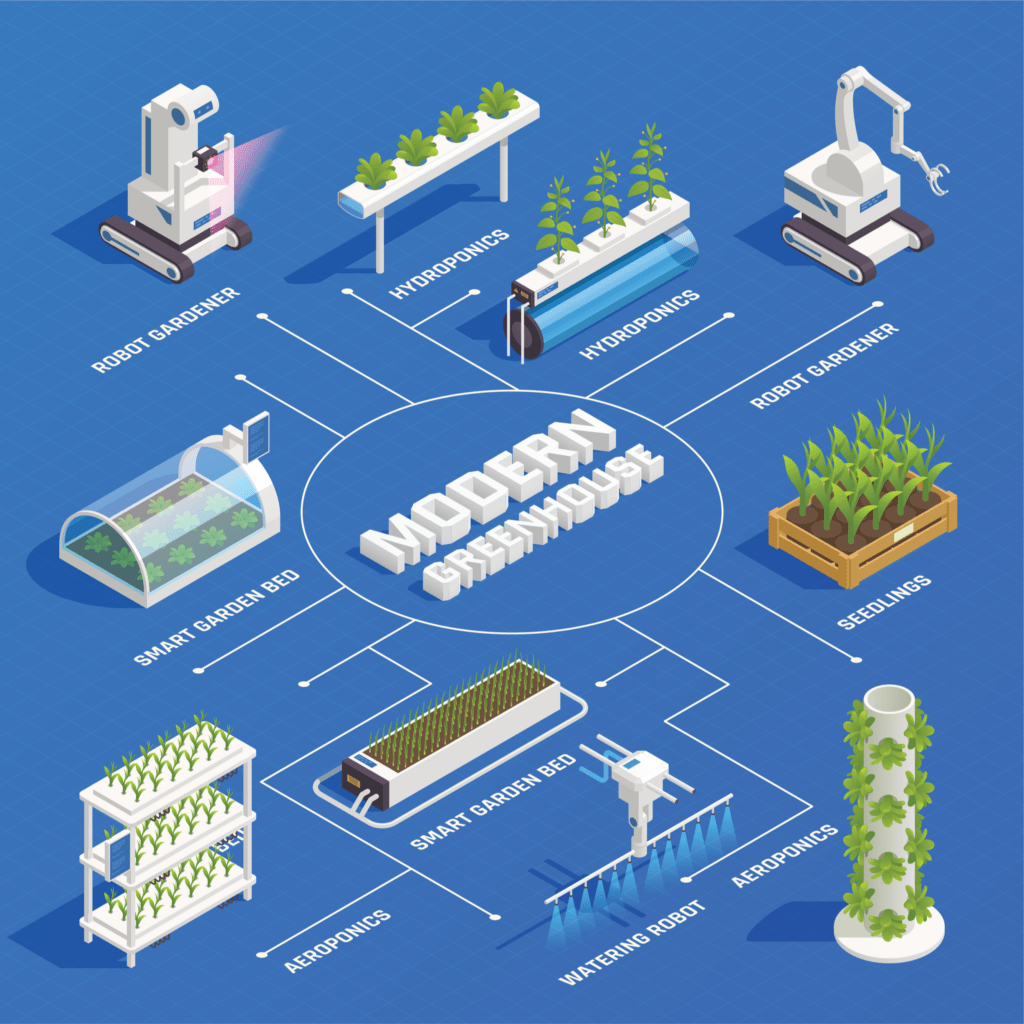
The future holds immense potential for the convergence of hydroponic systems and robotics, promising unprecedented efficiency and productivity in agriculture. Integration of robotics in hydroponics can automate tasks such as planting, monitoring plant health, adjusting nutrient levels, and harvesting, reducing labor costs and increasing precision. This synergy not only ensures consistent high yields but also enables cultivation in non-traditional environments like urban areas and harsh climates, contributing to food security and sustainability on a global scale.
